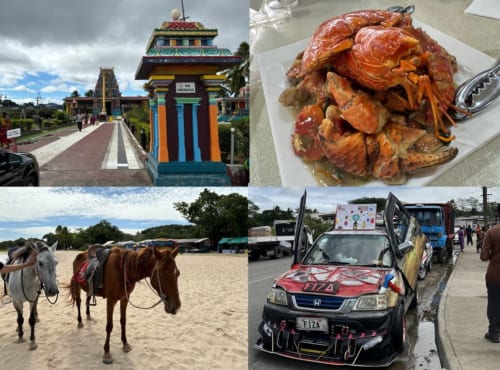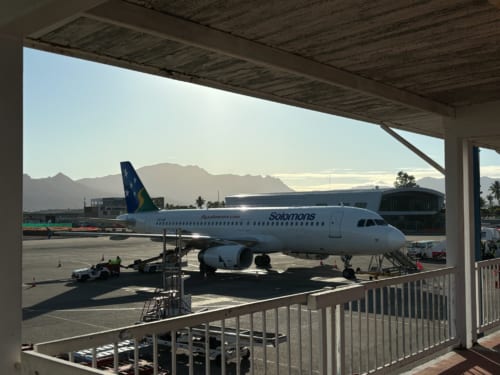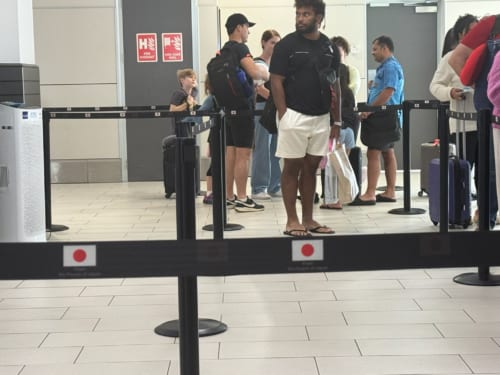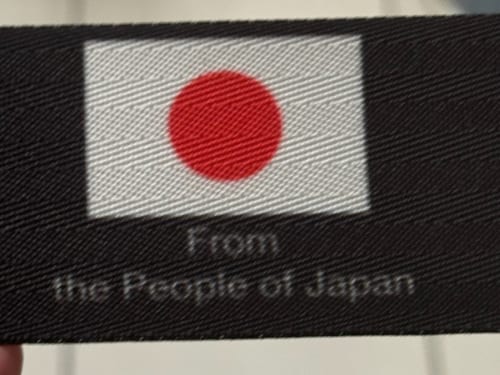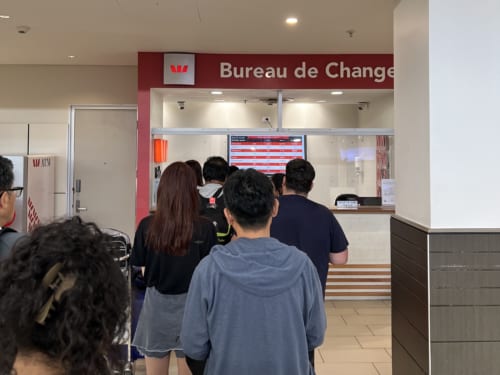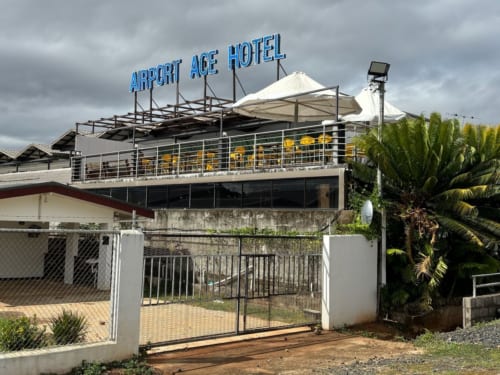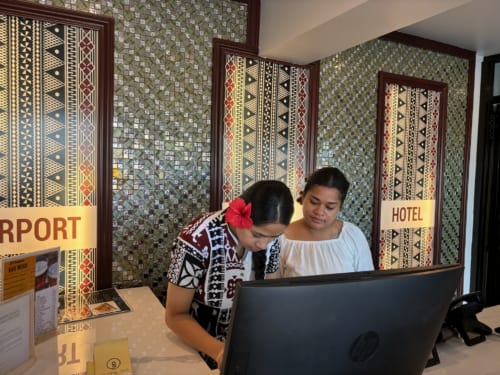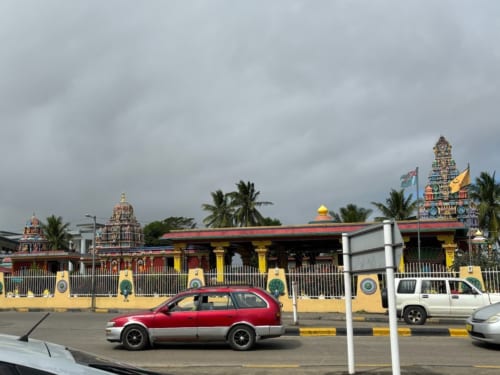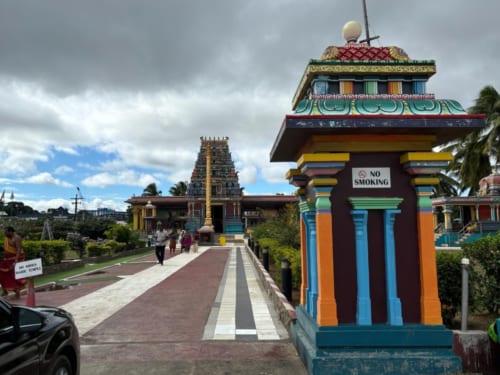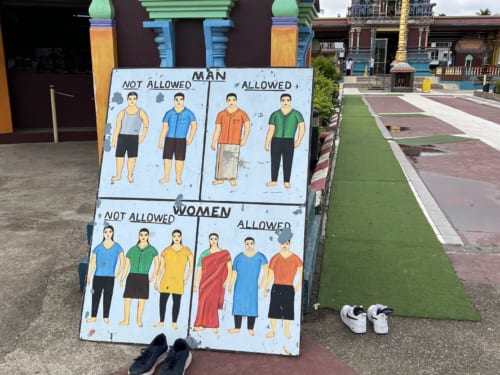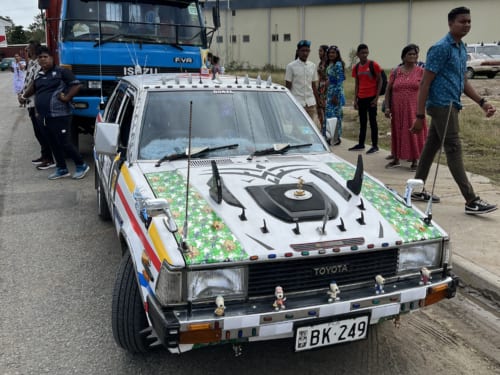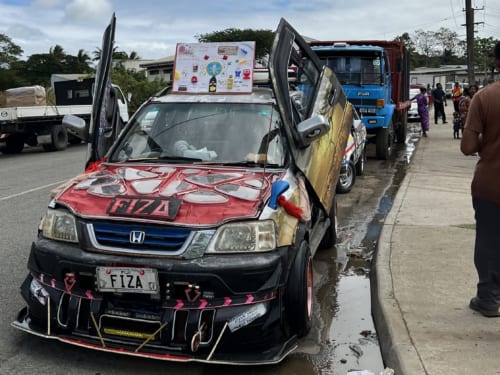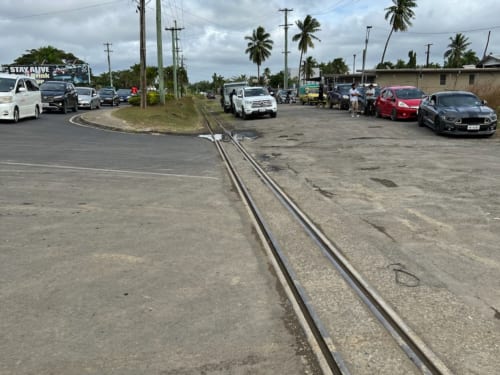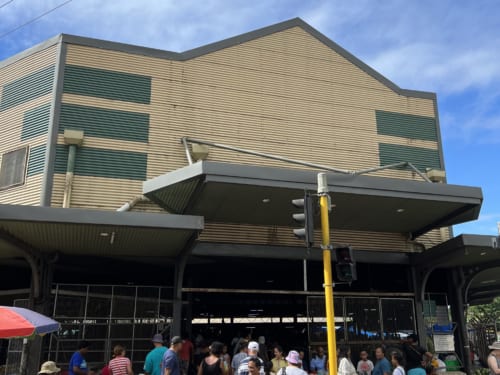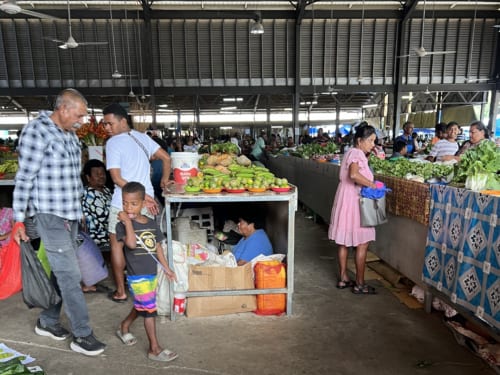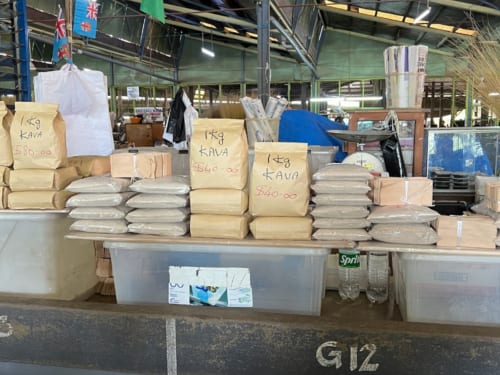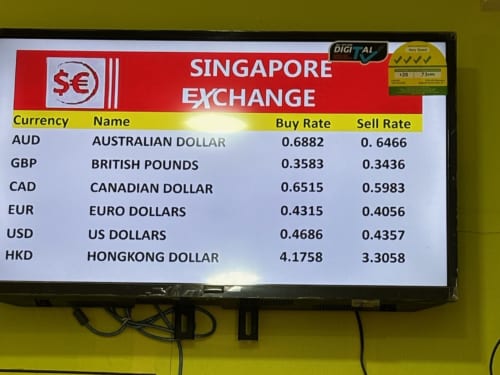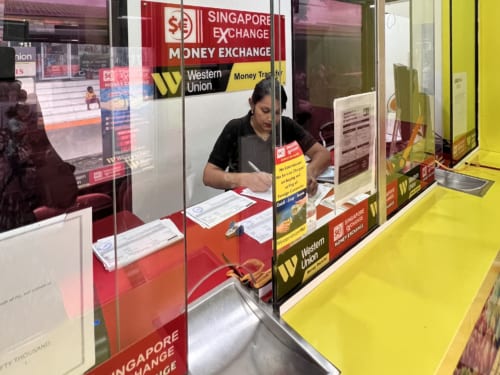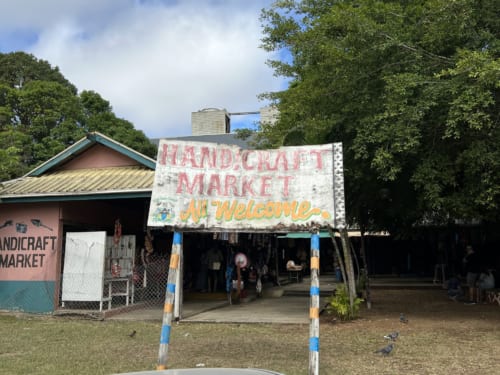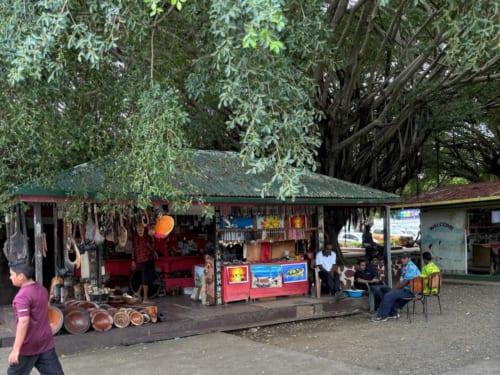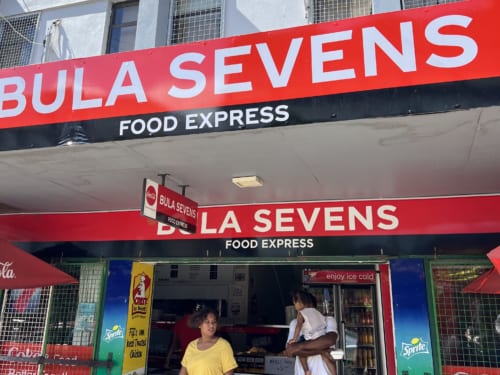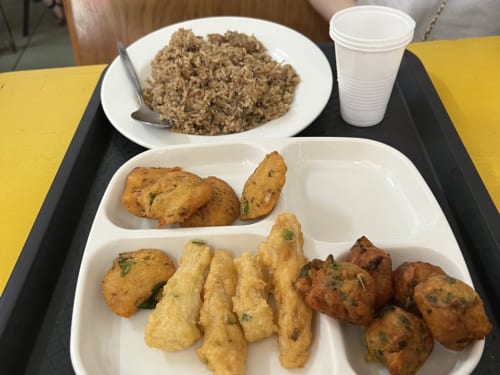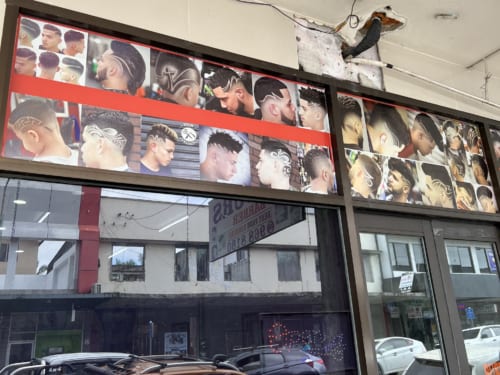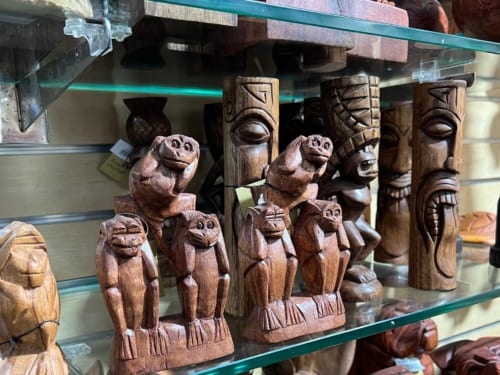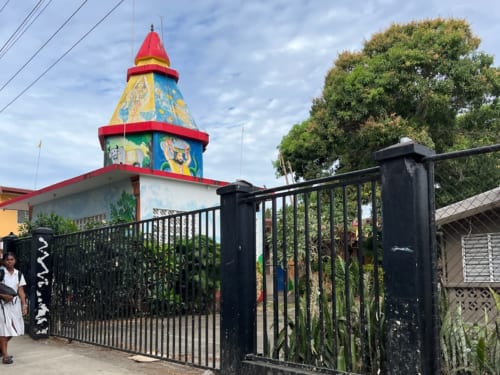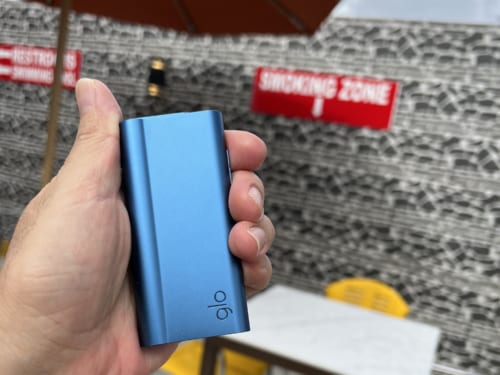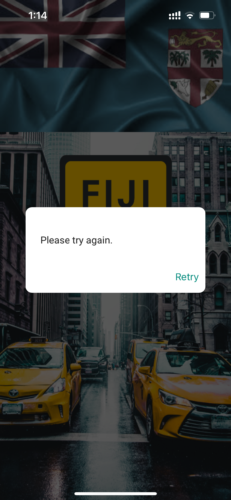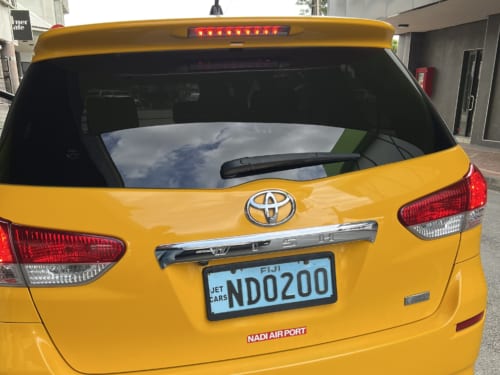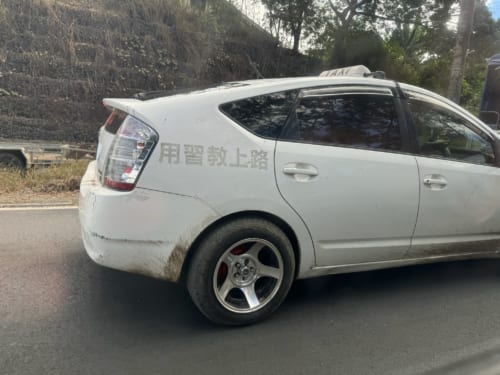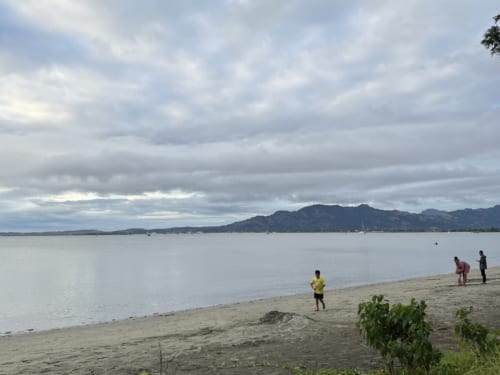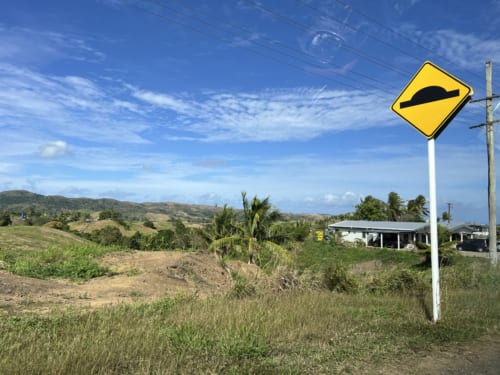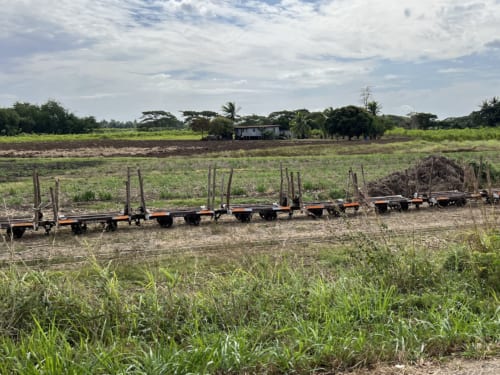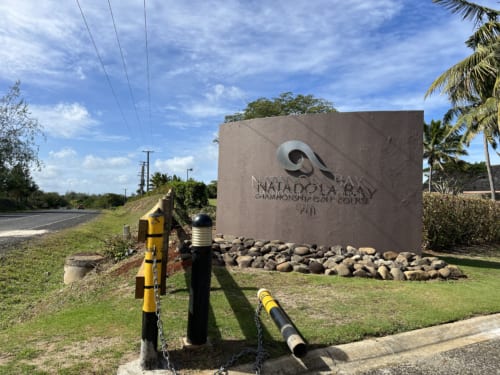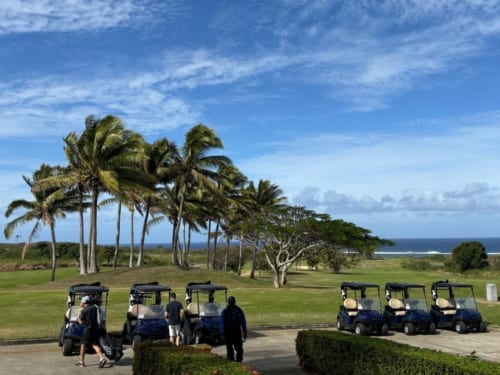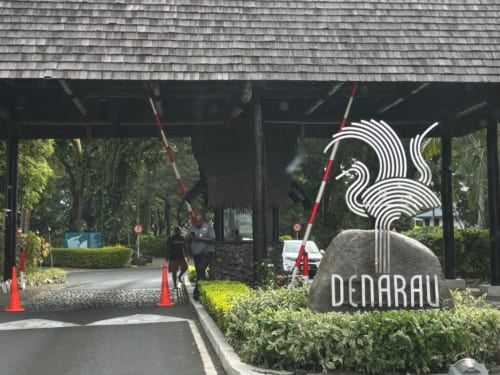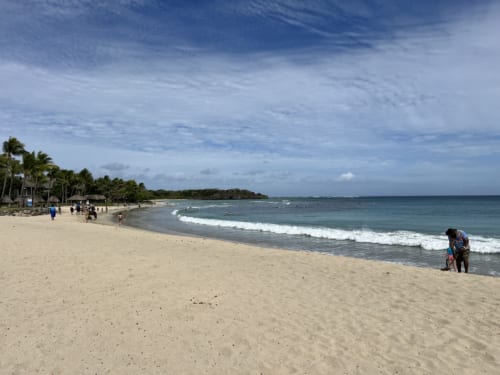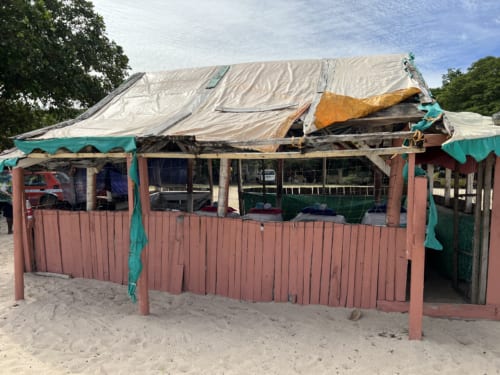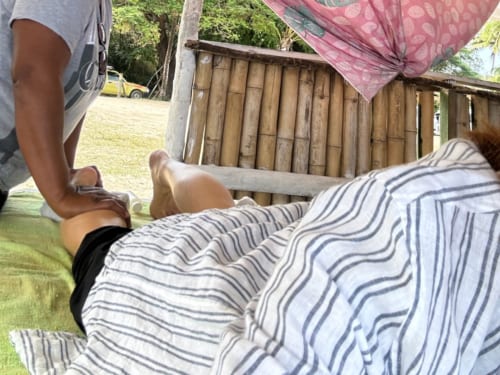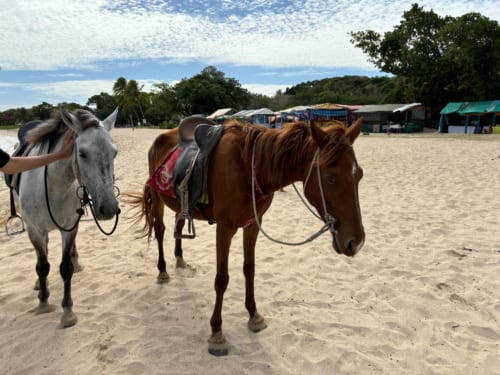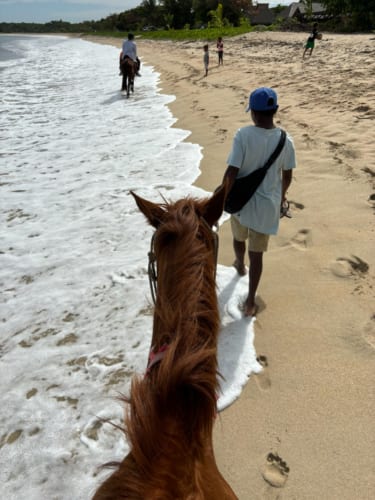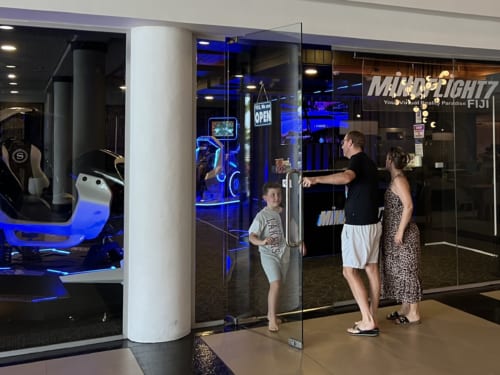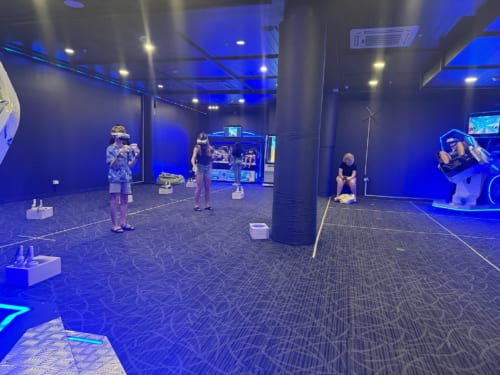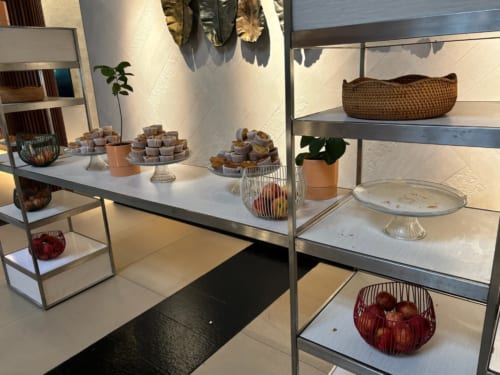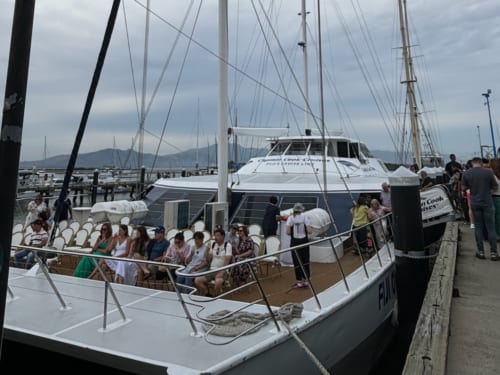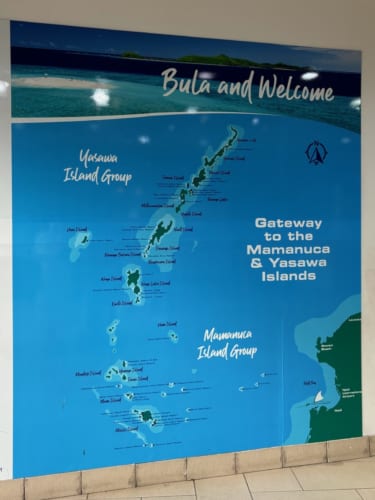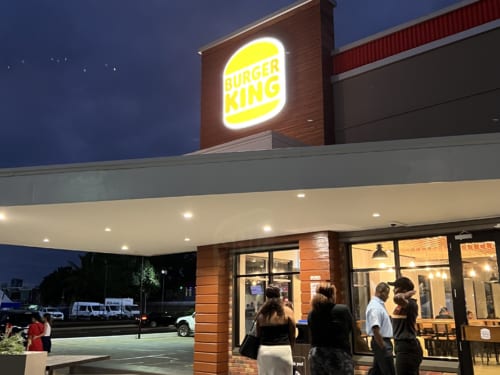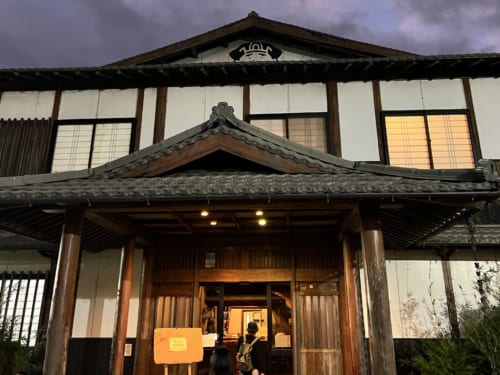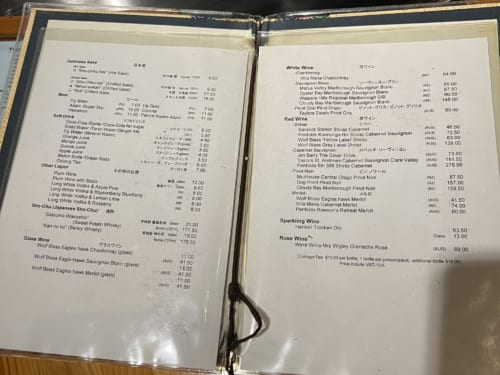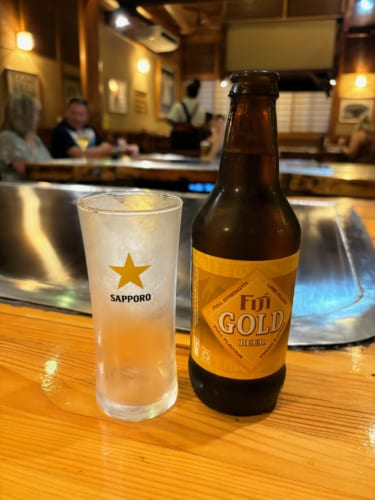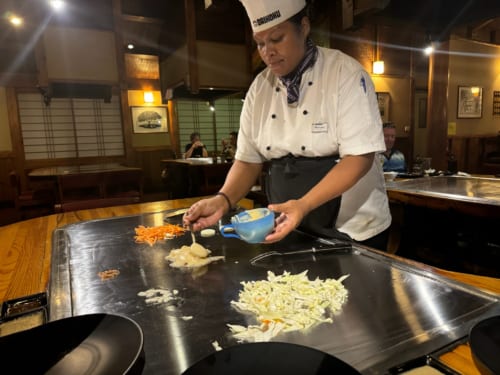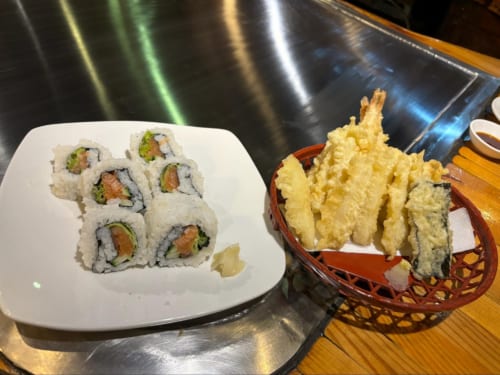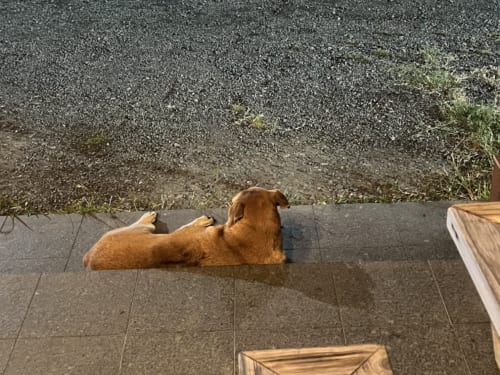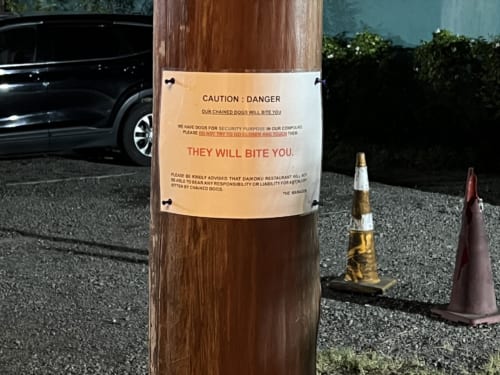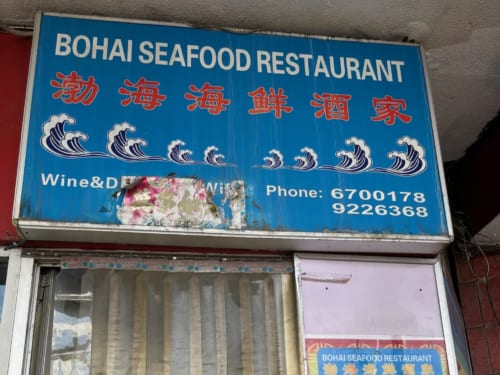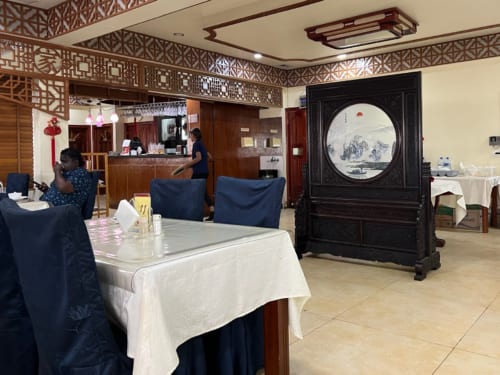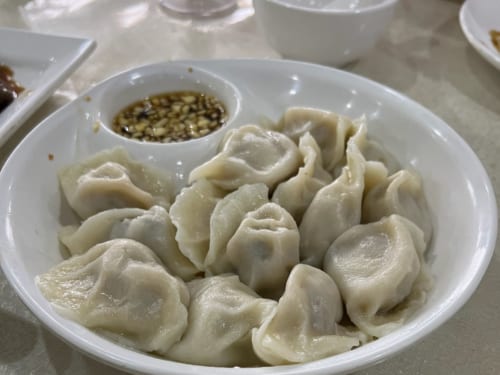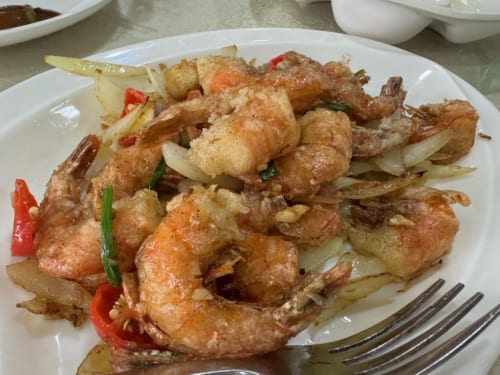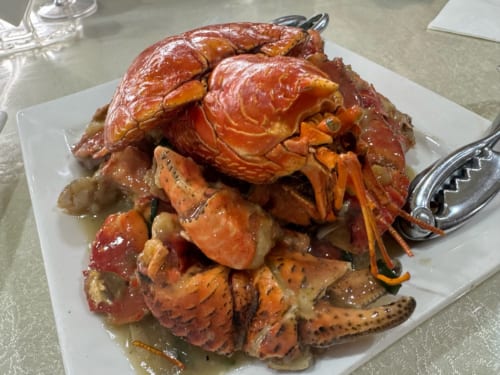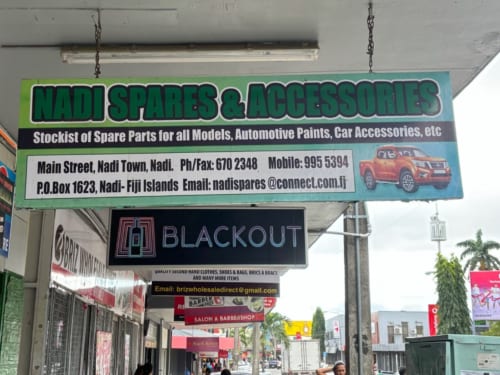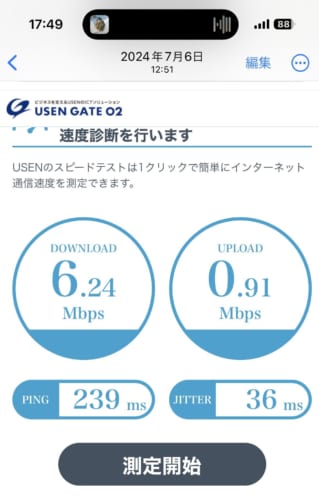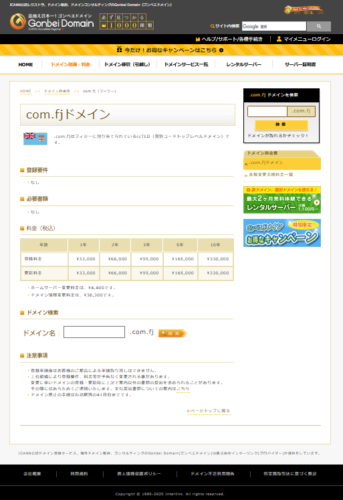Fiji is a multicultural country with a diverse population, including indigenous Melanesian, Polynesian and Indian. The official languages are English, Fijian and Fiji Hindi. “Bula” is the traditional greeting of Fiji and it’s a heartfelt expression of warm hospitality and friendliness of the local people. This time, instead of going to the capital Suva, we decided to visit Nadi, a developing hub for tourism and international exchange. The ccTLD for Fiji is “.fj“.
◆Where is Fiji?
Fiji is part of an area called Oceania. It is an island nation located north-east of Australia and New Zealand and is made up of around 330 islands. Neighboring countries include Vanuatu, Tonga and Samoa. The local currency is the Fijian dollar (FJD).
= Table of Contents =
◆Cool July Mornings & Evenings in Nadi
◆The Southern Hemisphere’s Largest Hindu Temple & Cool Modified Cars
◆Currency Exchange is a Better Deal in Town
◆Walking Around Nadi
◆From a Golfer’s Dream Destination to Luxurious Resorts on Denarau Island
◆What To Eat in Fiji – Teppanyaki at a Japanese Restaurant
◆Finding “.fj” Around Town
◆How to Purchase a SIM & Test the Internet Speed
◆Cool July Mornings & Evenings in Nadi
After a 9-hour direct flight from Japan’s Narita Airport, we arrived at Nadi International Airport on the island of Viti Levu.
The queue for Immigration. There is a familiar symbol on the belt barrier.
Yes, it’s the Japanese flag. Underneath the flag it says, “From the People of Japan”. At the time of Fiji’s independence in 1970, Fiji and Japan established diplomatic relations and have had a good relationship ever since. Japan has been providing ongoing economic cooperation to Fiji in various areas such as education, health and infrastructure development.
We went to exchange our US dollars for Fijian dollars inside the airport. It’s busy.
After completing the exchange and when we were about to leave, I realize my passport hadn’t been returned. But as soon as I asked, it was given back to me. The employee there was working alone, and dealing with so many customers at once must’ve been overwhelming for him. Leaving the airport, we head to our accommodation.
We arrive at the Airport Ace Hotel. It’s conveniently located just a 5-minutes’ drive from Nadi International Airport. During our time in Fiji it was often hot during the day, but at night it could drop to as low as 19°C. July is part of the dry season in Nadi and the weather was quite pleasant.
All 40 air-conditioned rooms are equipped with a microwave, fridge, private bathroom, and flat-screen TV. There was also a smoking area within the hotel grounds. Free Wi-Fi is also available. The rooms are lovely and clean.
The hotel staff are very friendly and every time you see one of them, they’ll greet you with a cheery “Bula!”. Chatting to one of the friendly staff, I mentioned that I was from Tokyo. “I have a friend in Tokyo called Sato! Do you know him?”, he excitedly asked.
◆The Southern Hemisphere’s Largest Hindu Temple & Cool Modified Cars
Let’s visit the Sri Siva Subramaniya Swami Temple, the largest Hindu temple in the Southern Hemisphere. The main reason this temple is the largest is because the Southern Hemisphere has a much smaller Hindu population than the Northern Hemisphere, so there are simply not very many large temples in the Southern Hemisphere. We’re starting to see buildings that look like they’re part of the temple.
We arrive after driving 15-minutes from the hotel. This temple is built in the Dravidian architectural style, which is rare to see outside of India. Dravidian architecture is characterized by its colorful and intricate carvings and sculptures. Admission is $5 FJD.
Inside the temple, you must wear clothing that covers the shoulders and the knees. If you are not wearing appropriate clothing, a sarong can be borrowed at admission. Shoes also need to be removed upon entering. We’re not allowed to take photos inside the temple. The outside is ok, though.
There’s not a lot to see inside the temple and our tour ends after about ten minutes. When we came back through the entrance, we saw a Hindu car blessing ceremony, performed to protect the vehicle from accidents and mishaps.
Leaving the temple, we came across a group of young ones crowded around a cool looking converted car. We don’t really see cars like this in Japan.
A Honda car with scissor doors! On the roof there was some kind of message board. We’ve never seen anything like this in Japan either.
There are no passenger trains in Fiji. But, we did come across some railway tracks. They are for tramways used to transport sugarcane.
◆Currency Exchange is a Better Deal in Town
Just 300m from the Sri Siva Subramaniya Temple is the Nadi market. This local market is filled with colorful tropical fruits, fresh vegetables and spices.
The market itself was spacious, filled with many stalls, which gave it a lively atmosphere.
Fresh ginger is only $2 FJD for the whole plate. There is no price competition in the market. The same items are sold for the same price no matter which stall you visit.
This is Kava flour. Kava flour is made from the dried and powdered roots of Kava, a pepper plant native to the Polynesian Islands in the South Pacific. It can be dissolved in water and consumed as a non-alcoholic beverage, popular in the Polynesian islands as a way to relax and relieve anxiety. But it’s not sold in Japan due to some health concerns.
We come across “Singapore Exchange”. We’re almost out of cash, so we decide to exchange some money.
$100 USD gave us approximately $213 FJD. At the airport, we received around $205 FJD after a $4 service fee, so exchanging money in the city offers a better deal.
After we’re done exchanging our money, we head to a handicraft market, which is a five-minute walk from Nadi Market.
We found many unique items, such as handicrafts, wood carvings, and traditional cloth called masi. There were about 15 stalls in total.
◆Walking Around Nadi
We decide to take a stroll along Queens Road in Nadi city. This area of the city is lined with commercial facilities, restaurants and markets, and is busy with both locals and tourists. We stopped to have lunch at the Bula Sevens Restaurant.
We had fried rice and some other fried foods. Unfortunately, we found the seasoning a little too bland for our taste.
A variety of different fade haircuts with custom line art on display outside of a hair salon. It seems this is one of the current trends in Nadi.
Carved wooden figures we found in a souvenir shop. I thought they might be “See No Evil, Hear No Evil, Speak No Evil” figures, so I asked the shop assistant what they were. He just told us, “I have no idea.”
We often came across small Hindu temples in and around the city outskirts.
Whenever I stopped to smoke in a designated smoking area, people would ask me what it was I was smoking. When I explained it was a heat-not-burn cigarette, they seemed quite surprised. Apparently, they had never seen a tobacco stick inserted into a device like this.
In Fiji, they usually use an Uber-like app called Fiji Cabs. We downloaded it, but unfortunately it didn’t work for us.
But, thankfully, there’s no problem with finding taxis in Nadi. There are always plenty of taxis at the airport and you can always order a taxi from your hotel or other locations. Apparently, taxis with blue number plates starting with “ND–” are considered safe.
Some of the taxis use old driving school cars from Japan.
We drove to Wailoaloa Beach, one of Fiji’s most beautiful beaches, to enjoy the sunset. Sadly, the weather wasn’t great, but we enjoyed the relaxing local atmosphere.
◆From a Golfer’s Dream Destination to Luxurious Resorts on Denarau Island
We decided to visit Denarau Island, home to luxury resort hotels such as Hilton, Marriott and Sheraton. There are almost no traffic lights along this route. Instead, there are plenty of speed bumps to prevent speeding.
We saw lots of sugarcane fields and a railway track alongside the road. There were carts for transporting sugarcane.
At the recommendation of our taxi driver, we stopped at the Natadora Bay Championship Golf Course. By the way, the golfing industry uses the domain “.golf”.
15 of the 18 holes have been designed to give beautiful views of the Pacific Ocean, allowing you to play while admiring the cobalt blue Pacific Ocean and beautiful coral reefs. This highly rated course offers a beautiful but challenging layout, making it a must-visit destination for golf enthusiasts.
The shop in the clubhouse sells a variety of different products. Golf clubs can also be hired.
After traveling another hour from the golf course, we arrive at the entrance to Denarau Island. Denarau Island is the name of a resort on Viti Levu Island, not an actual island.
We’ve arrived at our destination – Natadola Beach. The beach is pristine, likely due to so many luxury resort hotels close by.
Our taxi driver recommended getting a massage. The hut where you get the massage is located right on the beach.
If you let them know in advance, they can focus on specific areas like your head, neck, back, or legs. It cost $120 FJD for around 30 minutes.
Feeling refreshed after our massage, we decide to give horse riding a try. Natadola Beach is known, not only for its beauty, but for horseback riding as well.
We were led through the surf by guides, who were sometimes adults or even young boys. We went very slowly. What an amazing experience it was to be on horseback while listening to the sound of the waves! It cost $30 FJD for around 20 minutes.
After our horseback riding experience came to and end, we went to check out “MindFlight7” at the Sheraton Fiji Golf & Beach Resort.
MindFlight7 is Fiji’s first virtual reality experience, where you can enjoy a racing simulator and other activities. We expected it to be a lively place, like an arcade, but instead, it was all but deserted.
There was a complimentary snack area, also available to non-guests, with cupcakes and fruit, etc.
The marina on Denarau Island is Fiji’s main port. Most ferries and cruises depart from here.
They are usually heading for remote islands such as the Mamanuca Islands and the Yasawa Islands.
◆What To Eat in Fiji – Teppanyaki at a Japanese Restaurant
・Burger King
I was in the mood for a snack before dinner, so we popped into Burger King.
I ordered a six-piece box of chicken nuggets ($7.95 FJD) and a water ($3.95 FJD).
・Daikoku Restaurant
Right in front of Burger King is Daikoku, a popular restaurant serving authentic Japanese cuisine.It’s popular with both locals and tourists.
The restaurant is decorated in the style of a traditional Japanese house, and on the walls you’ll find prints by Makoto Tanushi.
There is even a Japanese version of the menu.
We start our meal with a Fiji Gold ($7 FJD).
We then ordered two teppanyaki courses – the Daikoku Special ($75 FJD) and the Japanese Delight ($49.50 FJD). They grilled the meat and shrimp right in front of us.
The Avocado Roll ($15.50 FJD) and Tempura were especially delicious.
We saw a cute dog in front of the restaurant. It seems to be a stray.
We were tempted to give him a pat, but apparently these stray dogs bite, so we didn’t approach him.
・Bohai Seafood Restaurant
One of our taxi drivers introduced us to this restaurant, which serves authentic Chinese cuisine and fresh seafood.
It had a classic Chinese restaurant interior style. It was busier than expected.
We ordered: fried rice ($16.50 FJD).
Boiled gyoza dumplings ($16.50 FJD).
Fried shrimp ($22 FJD).
Palm Crab ($180 FJD / 1kg).
Stir-fried beef in oyster sauce ($38 FJD). Everything was delicious!
◆Finding “.fj” Around Town
The e-mail address for Nadi Spares and Accessories, stockists of auto parts and accessories, uses “com.fj”.
It’s also used in the website for Islands Refrigeration & Electrical Wholesalers Pte Ltd, which specializes in the wholesale of refrigeration equipment and electrical products.
◆How to Purchase a SIM & Test the Internet Speed
We checked the Internet speed in an urban area of Nadi. We measured a speed of 6.24 Mbps.

